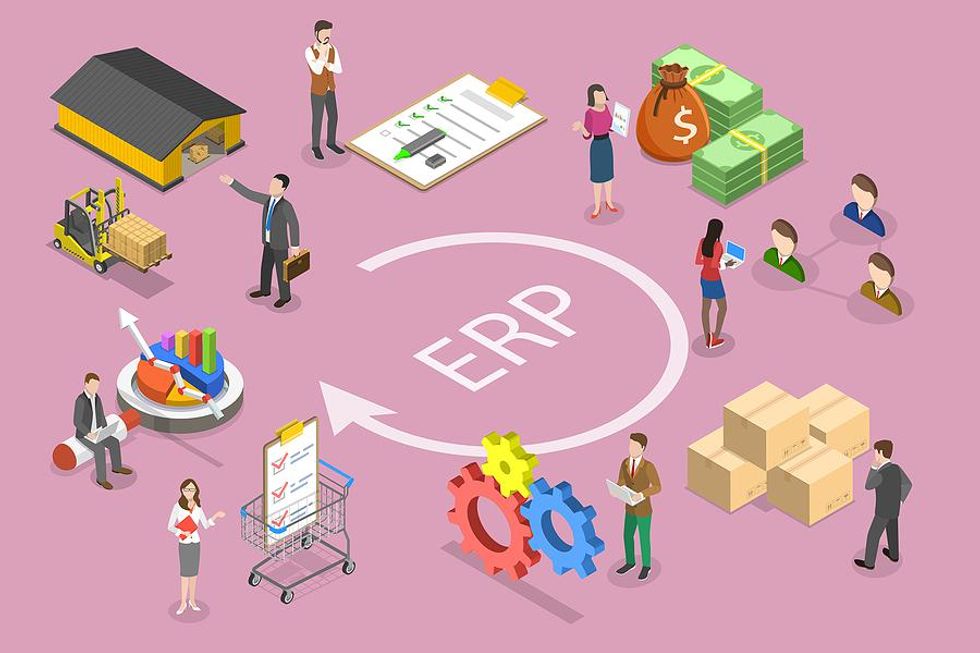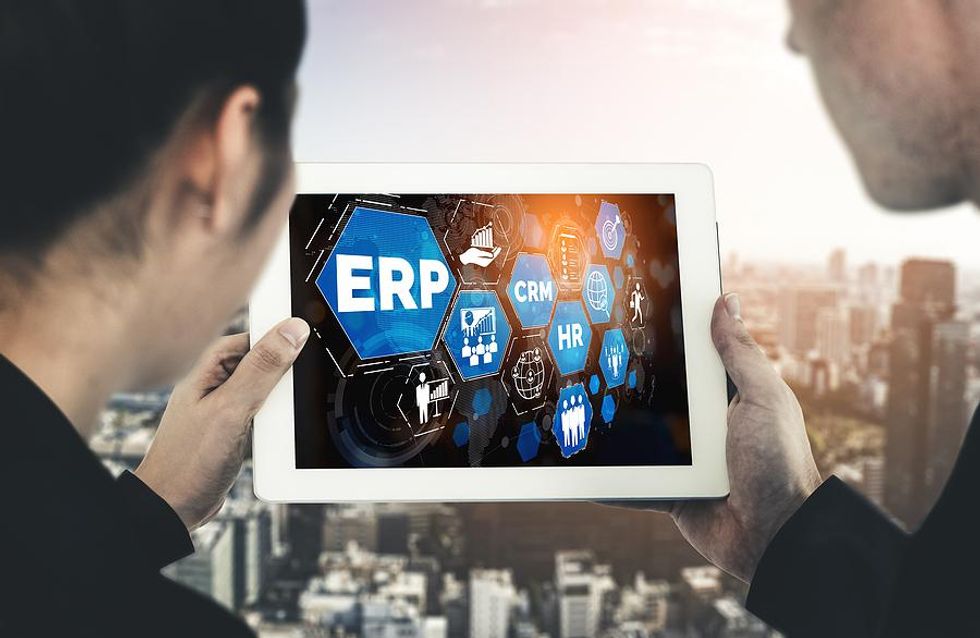
Besides payroll, one of your organization''s largest spends is probably on technology. You spent thousands of dollars to implement your new ERP system. Years later you''re still using the same version with manual compliance-related workarounds. The ERP system needs to be kept current. What do you do?
As the business continued to grow, you struggled to make the ERP system work for you. There was no written documentation for the end-users, and you created manual workarounds. Training was done verbally so end-users weren''t trained consistently, and they ended up having a lot of dirty data. In the end, the business was expending extraordinary time and effort muscling to use the ERP system, and only getting a small fraction of value.
How did this situation happen? Individuals thought the small IT group should be responsible for all technology including the ERP system. So, the business wasn''t involved as much as it should have been.
ERP stands for enterprise resource planning'the entire enterprise should be involved including finance, information security, internal audit, regulatory compliance, and legal.
ERP System Responsibilities For Each Department

Although the ERP is a system (with a significant investment), the sole responsibility cannot be put on IT. Instead, the business needs to take the lead and own the system. The ERP consists of multiple modules and those 'owner' departments have a vested interest to keep the system current and to maximize using the features and functionality.
IT is responsible for understanding how the system is intended to be used.
The business is responsible for deciding what to use.
One way to break out the responsibilities is as follows:
Dept | Sample Responsibilities |
IT |
|
Business | Departments 'own' their respective modules (e.g. finance, human resources, operations), which includes the internal control system
|
Training |
If there isn''t a separate training department, then this responsibility reverts to the business. |
Summary

In the end, the business has the most to gain (or lose) by utilizing the ERP to align with the business needs and growth. Similar to the idiom it takes a village, the entire enterprise should be involved to keep the ERP and other major systems current and maximize their use.
For more information on system ownership, follow me on LinkedIn!










